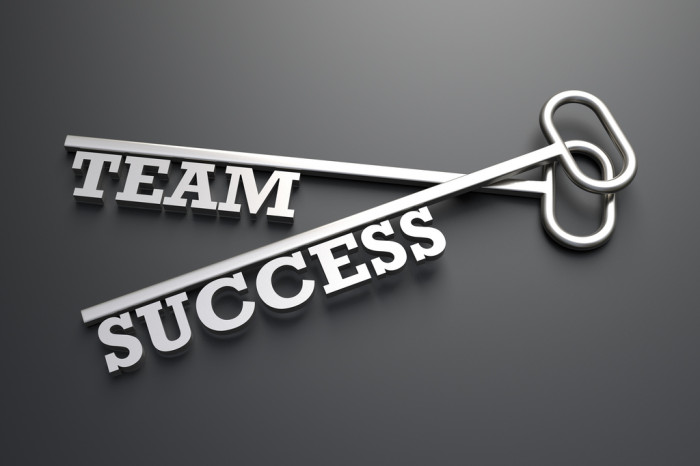There is certainly a lot of talk out there in talent management regarding key roles and matching key talent to those roles. Unfortunately, there is very little valuable information to help companies do a good job of describing and identifying those few critical or key roles.
Key roles, for the purpose of talent management, are those few roles that, when staffed correctly, significantly increase the overall performance of the business. Therefore, roles need to be viewed from a business model (how you company creates value by providing products or services to the marketplace) perspective not an organization chart perspective. Most companies naively believe key roles are those at the top of the organization. While this matches the historic use of the term, it isn’t actually true from a business model perspective.
A very good beginning description of a key role is that it has ‘a direct strategic impact’ and ‘displays high performance variability among those in the position’1. This is a great foundation for talent management since it covers both the value of the work produced from the position and that the matching with the right talent is valuable. If performance variability does not exist then there is no value increase from investing time in the best staffing of the position.
The ‘direct strategic impact’ portion of this definition can be a little more difficult to assess. First, strategic impact has 2 components: strategy creation and strategy execution. There are truly few roles that are significant players in the strategy creation (and selection) process; so they are fairly easy to identify. However, the key roles in strategy execution can be difficult for the inexperienced to correctly identify.
So what attributes of a role are important? We’ve found three important aspects of a role from a business model and strategy execution perspective are:
- Complexity,
- Leverage (or ‘positive enablement’), and
- Bottleneck (the degree of restrain of performance or ‘negatively impact enablement’).
Organizational complexity has to do with how you have chosen to design for complexity within your organization. Is that complexity focused on a few key roles – an example would be an air traffic controller within the airline industry? Or is complexity spread throughout your organization – as the example of each driver being responsible in travel by car and/or trucks?
Leverage relates to the number of people, or amount of value created, impacted by the decisions and/or actions of a particular role. While sales is critical in almost every company, the impact of a single salesperson is often limited. However, a pricing analyst that determines the price of a product or service can increases the sales potential of all salespeople instantly (good or bad) with a single pricing decision.
Finally, bottlenecks are basically the inverse of leverage – or the negative side of leverage. Bottlenecks are deal with those roles that can adversely impact a large number of employees (or customers) through inaction or slow decision making. Bottlenecks become a meaningful key role when they can be staffed to effectively eliminate or reduce the adverse impact on the performance of the organization.
Identifying key roles is the first step in effective succession planning. And doing so correctly – based upon the business model not the organizational chart – if the most important step.
1“A Players” or “A Positions?”, 2005 by Mark Huselid, Richard Beatty, and Brian Becker


